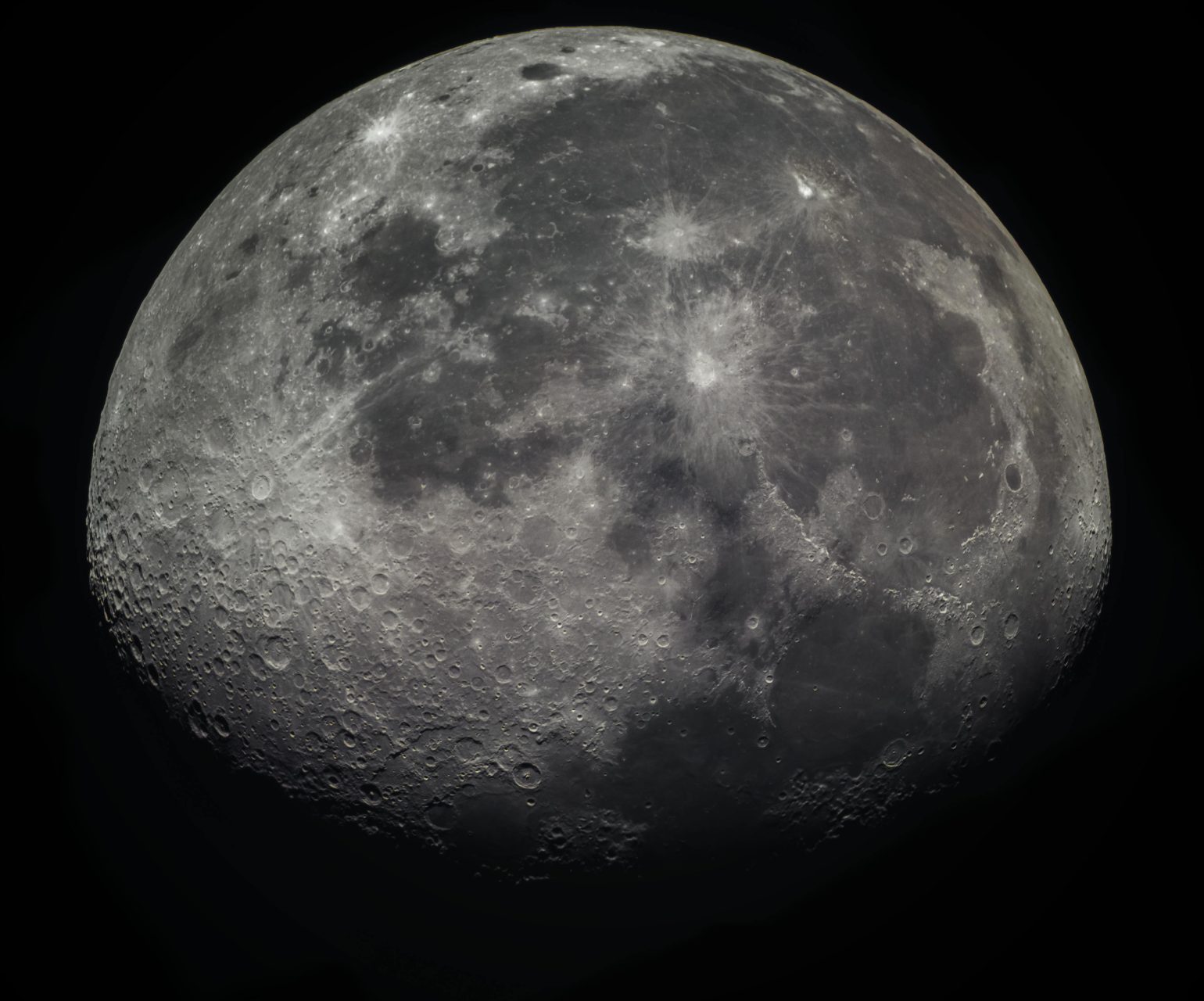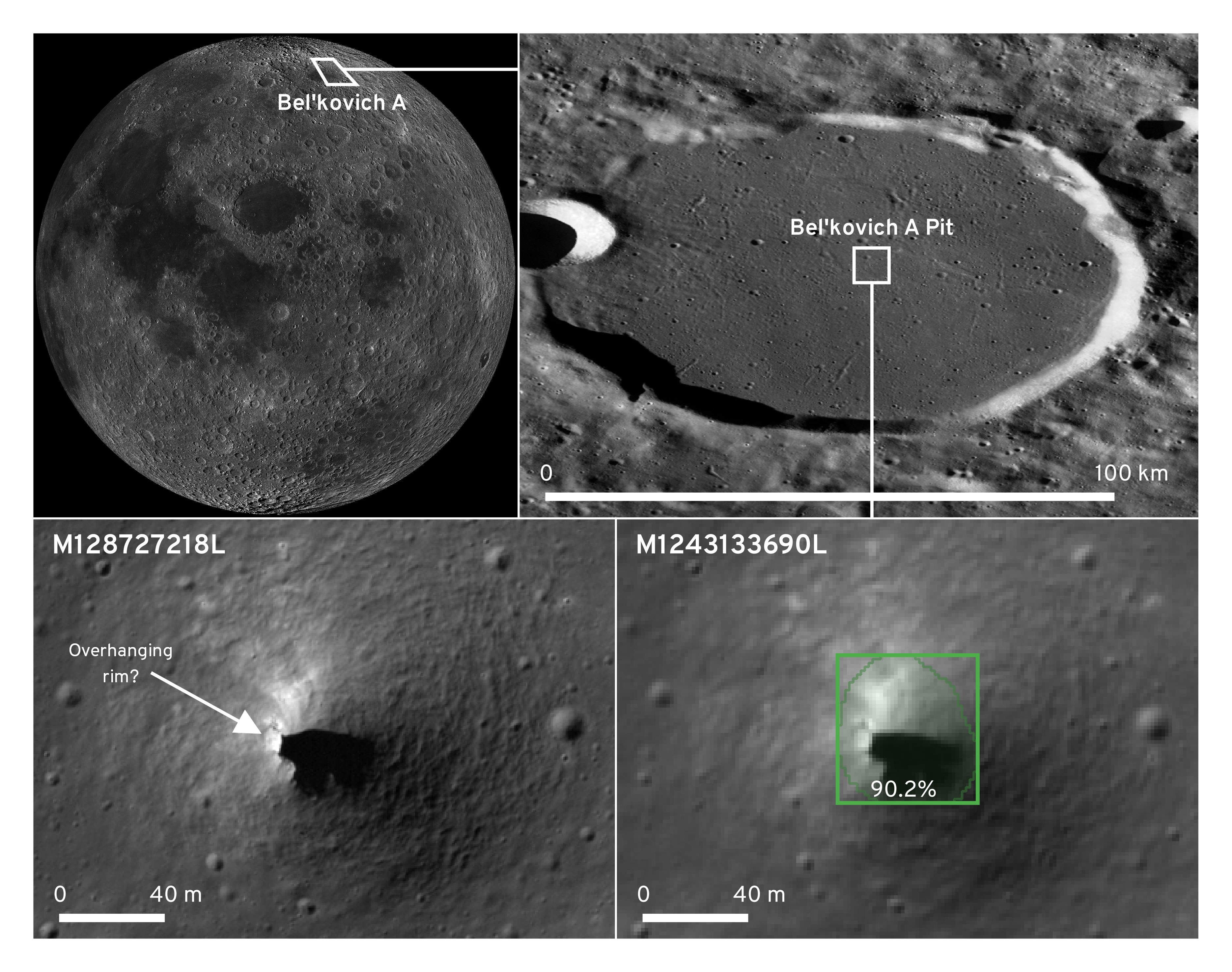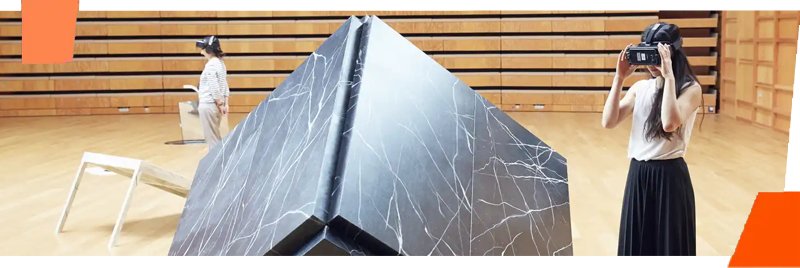
A Kent researcher has used AI to discover two previously-unknown possible cave entrances on the Moon which could support human survival on future space missions.
Daniel Le Corre, a PhD researcher in Kent’s School of Engineering, Mathematics and Physics, had surveyed less than 0.3% of the Lunar surface before identifying the two pits. The South Marius Hills Pit (SMHP), which was previously overlooked by researchers, is located in an area thought to be rich in lava tubes, whilst the Bel’kovich A Pit (BAP) is close to the Moon’s north pole and therefore more likely to be a source of water.
These pits may be connected to underground cave networks, such as lava tubes, which could provide natural shelter from harmful radiation and micrometeorite impacts, as well as harbour water ice. It’s this which makes them of interest to scientists as good bases for humans exploring or living on the Moon, and hopefully one day even Mars.
The pits were detected using an AI model named ESSA, short for ‘Entrances to Sub-Surface Areas’ and a nod to the Cornish name of Le Corre’s hometown, Saltash. He trained it to scan publicly-available NASA satellite images and identify potential pits in the Lunar surface based on their distinctive shape.
The two newly-identified pits will supplement the existing Lunar Pits Atlas and could one day become a target for future space missions, or even a home for today’s aspiring astronauts.
Daniel Le Corre said: ‘Having combed through such a small fraction of the entire Lunar surface, I was amazed that ESSA had already detected two new potential cave entrances. I was even more surprised how SMHP was found in a previously surveyed region, and BAP was so near to the north pole. Thanks to ESSA, we can now analyse volumes of space data at speeds that would have been unachievable manually, thus accelerating the search for the pits that will be the most favourable for future exploration or habitation.’
The research paper ‘New candidate cave entrances on the Moon found using deep learning’ is published by Icarus. doi: 10.1016/j.icarus.2025.116675

Identification of the South Marius Hills Pit

Identification of the Bel’kovich A Pit (BAP)
Space Science at Kent
Kent has an impressive history of space research, with its internationally renowned Physics and Astronomy courses having delivered leading science subjects for over 50 years. Daniel Le Corre’s academic supervisor, Professor Nigel Mason, Professor of Molecular Physics, has had leadership roles in many national and international research programmes and is the lead coordinator of the Europlanet Research Infrastructure, Europe’s largest forum for planetary sciences. Locally, he is the University’s lead representative for Space East and outside Europe, he works with the emerging space communities in India and Africa.




